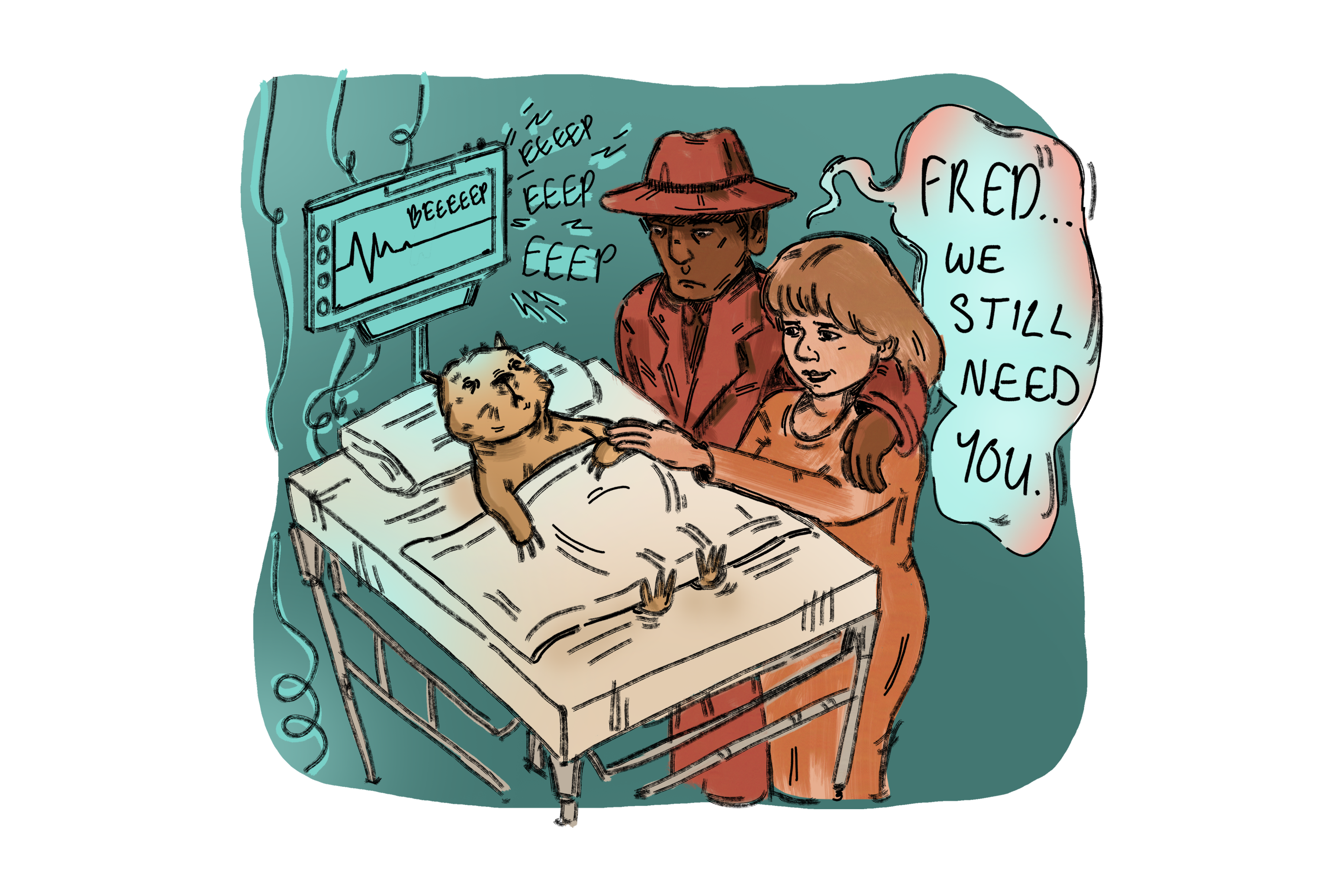Celebrating the contribution made by Black athletes in Canada’s history
Black History Month is about honouring Black Canadians, both past and present, who have made enormous contributions in all sectors of society. Though it has been celebrated since 1978, the House of Commons officially recognized February as Black History Month in Canada in December 1995.
To this day, Black athletes continue to captivate the nation across every sport while breaking down cultural barriers in society. As those of the past had to overcome adversity and racial discrimination transparently, today’s Black competitors remind us of the ongoing battle against racism that continues to plague the world.
Here are the stories of eight Black Canadian athletes who made history by reaching the pinnacle in sports with the odds entirely stacked against them.
George Dixon
George Dixon was the first Canadian-born boxing champion, winning the bantamweight title in 1890. Born in Africville, Nova Scotia, Dixon would also claim the world featherweight title in 1891, after defeating Cal McCarthy in 22 rounds.
Dixon is widely credited for developing shadowboxing, a training exercise commonly used by combat sports athletes in which one throws punches at an imaginative opponent. Today, it is a staple in martial arts, acting as an effective routine to loosen and warm up the body.
John Howard
John Armstrong “Army” Howard was a Canadian track and field athlete. At the 1912 Olympic Games in Stockholm, Howard became the first Black Olympian to represent Canada. He was born in the United States and moved to Winnipeg in 1907 with his father.
According to major Canadian media prior to the event, Howard was Canada’s best hope for gold. However, the top-ranked sprinter’s performance was hindered by a stomach ailment that saw him fail to advance to the finals in the 100m and 200m events. Howard’s impact on Canadian sports is felt through two of his grandchildren, who became Olympians themselves, Harry and Valerie Jerome.
Phil Edwards
Phil Edwards was another Canadian track and field athlete who competed in middle-distance events. He earned the nickname “Man of Bronze” for winning five Olympic bronze medals but none of other denominations. He would be Canada’s most decorated Olympic athlete until 2002.
Edwards became the first-ever winner of the Lou Marsh Trophy in 1936, an award that is bestowed annually to Canada’s top athlete. The same year, he became the first Black person to graduate from McGill University’s medical school. He would compete in the 1936 Summer Olympic Games shortly after his graduation.
Barbara Howard
At 17 years old, Barbara Howard was one of the fastest female sprinters in the British Empire. She qualified for the 1938 British Empire Games (now named the Commonwealth Games, since 1974) after running 100 yards in 11.2 seconds, a tenth of a second faster than the British Empire Games record.
Howard is believed to be the first Black woman to represent Canada in international sports competition; however, she never got the chance to participate in the Olympic Games because of its cancellation due to World War II.
Her athletic accomplishments were recently recognized with her induction to the BC Sports Hall of Fame in 2012 and Canada’s Sports Hall of Fame in 2015.
Willie O’Ree
On Jan. 18, 1958, Willie O’Ree made history at the Montreal Forum when suiting up for the Boston Bruins, becoming the first Black player in the National Hockey League (NHL).
Today, the Bruins’ trailblazer is the director of the NHL’s diversity program, a movement that aims to ensure hockey is taught and promoted to children from all cultural backgrounds in North America. O’Ree’s number will be retired by the Bruins next season.
Angela James
Angela James is a former Canadian ice hockey player who played senior hockey between 1980 and 2000. James played in the first women’s world championship in 1987. She would lead Team Canada to four gold medals at the IIHF World Women’s Hockey Championships in 1990, 1992, 1994, and 1997.
During her senior career, James was a six-time most valuable player and eight-time scoring champion. She is hailed as a major pioneer who enabled the women’s game to enter mainstream Canadian culture and is seen as the first superstar in modern women’s hockey.
Donovan Bailey
Donovan Bailey became a Canadian sports icon when he set the 100m world record at the 1996 Olympics in Atlanta, running a time of 9.84 seconds. Bailey also anchored the 4x100m Canadian relay team to another gold metal that year. In becoming the world’s fastest man, Bailey was named “Athlete of the Decade” by Track & Field News.
The Jamaican-born athlete was inducted into Canada’s Sports Hall of Fame in 2004 as an individual athlete and in 2008 as a member of the 1996 Canadian champion relay team.
Jarome Iginla
In 2002, Jarome Iginla became the first Black male athlete to win a Winter Olympic gold medal. Iginla was an alternate captain for Team Canada, where he helped lead the nation to its first Olympic hockey championship in 50 years. He notched two goals in the team’s 5-2 victory over Team USA in the finals.
Iginla played over 1,500 games in the NHL in a career that spanned from 1996-2017. In 2020, he became the fourth Black player to be inducted to the Hockey Hall of Fame after Grant Fuhr, James, and O’Ree.
Collage by Kit Mergaert
